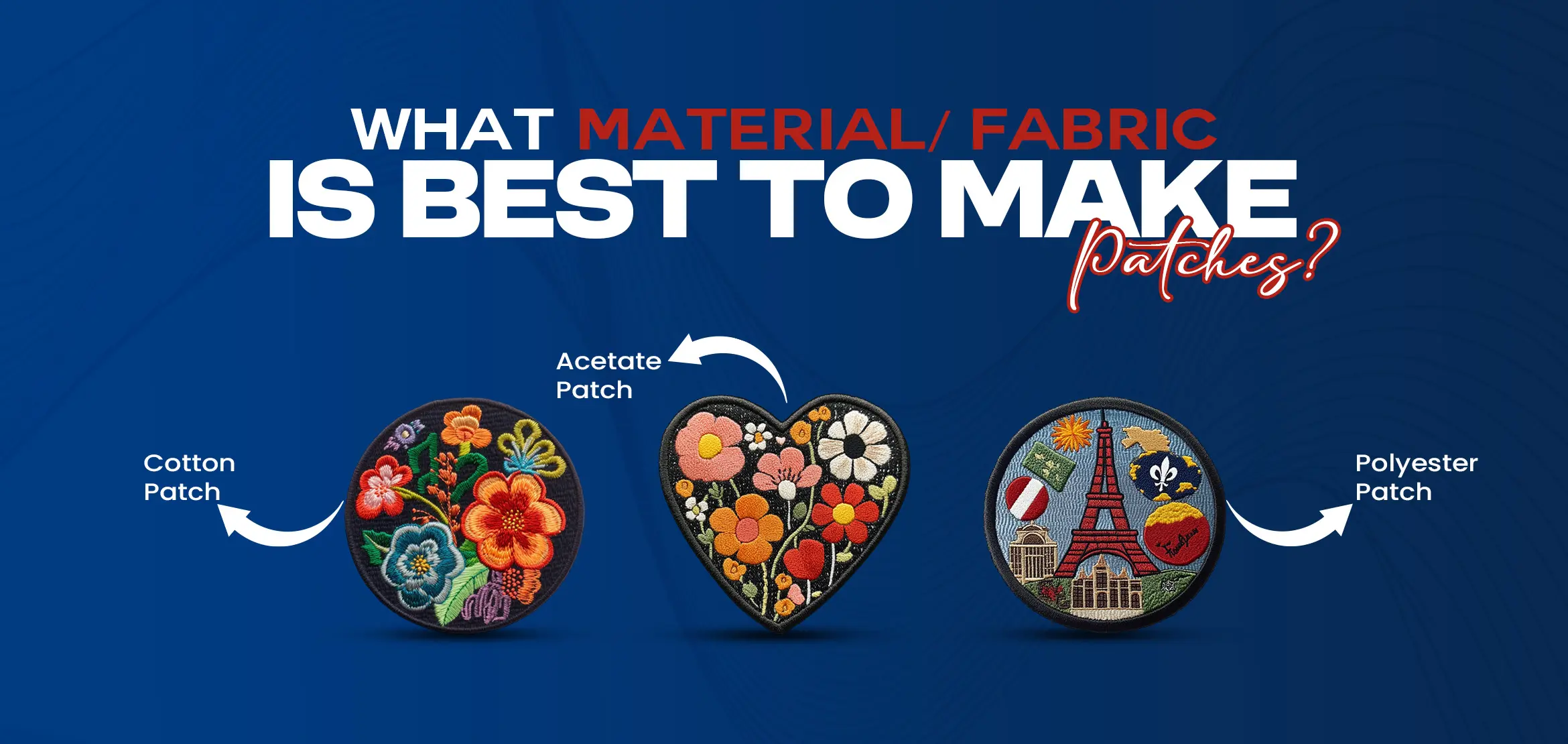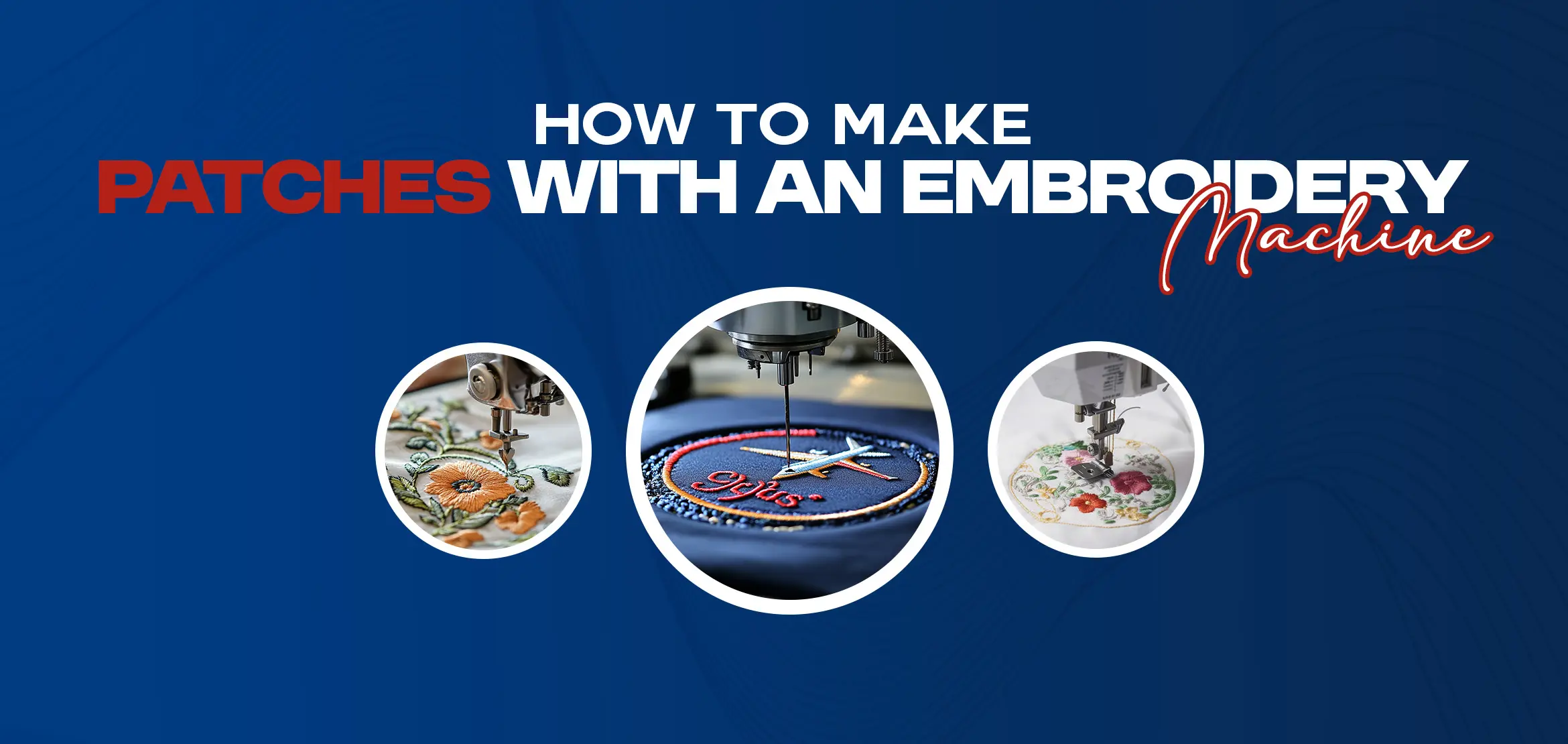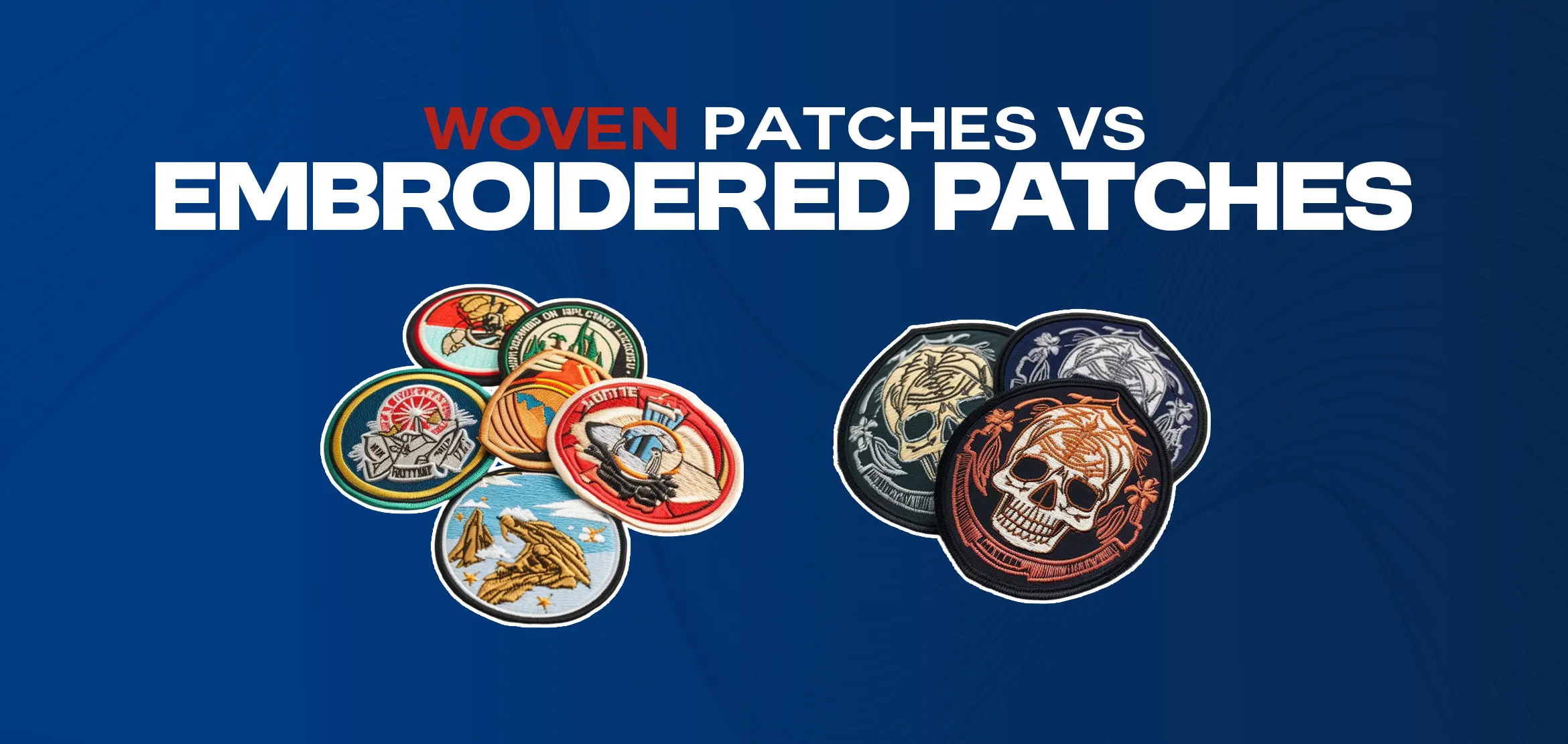
Iron on Patches for clothes Vs Sew on Patches for Clothes: Which one to choose?
Table Of Content
- Ironing Patch on Shirt vs Sew On Patch on Shirt
- Iron On Patch for Clothes vs Sew On Patches for Clothes: Which Is Best for Your Needs?
- Iron On Patch for Jersey vs Sew On Patches for Jersey: Which is More Durable?
- Iron On Patch Tee Shirt vs Sew On Patches on Tee Shirts: Which is Better for Personalization?
- Iron On Patch Custom Clothes vs Sew On Patches for Custom Clothes: Making the Right Choice
- How to Iron a Patch on a Shirt: A Step-by-Step Guide
- Do Iron On Patches Stay on Clothes ?
- How Long Do Sew On Patches last . . .?
- Iron-on Patches vs. Sewn-On Patches: Which is Better
- Why Won't my iron-on Patches Stick ?
- How Much does it Cost to Get a Patch Sewn on
- Conclusion
Patches are a great way to add personality and style to your clothes. They can be used to cover up holes or stains, or simply to add a fun design or logo to your garments. When it comes to attaching patches to clothes, there are two main methods: ironing and sewing. While both methods can be effective, there are pros and cons to each. In this discussion, we'll explore the differences between iron-on patches and sew-on patches for clothes, and help you decide which one is right for your needs. Ironing on a patch on a shirt is a quick and easy process that involves melting the adhesive on the back of the patch with an iron. Sewing on a patch to a shirt is a bit more time-consuming, but results in a more secure and long-lasting attachment as it involves actually stitching the patch onto the fabric. The choice between the two methods depends on personal preference and the specific needs of the project. Iron-on patches for clothes are a quick and easy way to customize your clothes. They involve melting the adhesive on the back of the patch with an iron to attach it to the fabric. Sew-on patches, on the other hand, require stitching the patch onto the fabric by hand or with a sewing machine. Sew-on patches are more durable and suitable for a wider range of fabrics, while iron-on patches are convenient for a quick fix. The choice between the two methods depends on personal preference and the needs of the project. Iron-on patches for jerseys are a convenient and quick way to customize your jersey, while sew-on patches require more time and effort but tend to be more durable and long-lasting. The choice between the two methods ultimately depends on personal preference and the specific needs of the project. Iron-on patches for tee shirts are convenient and easy to apply, while sew-on patches are more durable and require more time and effort to attach. The choice between the two methods depends on personal preference and the specific needs of the project. Iron-on patches for custom clothes are easy and convenient to apply. They involve melting the adhesive on the back of the patch with an iron to attach it to the fabric. However, they may not be as durable as sew-on patches and can come off after repeated washing or wear. Sew-on patches for custom clothes require more time and effort to apply, as they involve stitching the patch onto the fabric by hand or with a sewing machine. Sewing patches on shirts/ Sew on Patches for shirts Sewing patches on shirts/ Sew on Patches for shirts result in a secure and long-lasting attachment. The choice depends on personal preference and the specific needs of the project. Here are the basic steps to iron a patch onto a shirt: 1.Preheat the iron to the temperature suitable for the fabric of the shirt. 2.Place the patch on the desired area of the shirt with the adhesive side down. 3.Cover the patch with a pressing cloth or a thin piece of fabric. 4.Press the iron onto the cloth or fabric over the patch and hold it in place for 10-15 seconds. 5.Allow the patch to cool down and check that it is securely attached. Iron-on patches can stay on clothes for a long time if they are applied correctly and the clothing care instructions are followed. However, they may not be as durable as sew-on patches and can start to peel or come off if they are exposed to high temperatures or frequent washing and drying. Sew-on patches are generally more durable than iron-on patches and can last for several years with proper care. The lifespan of sew-on patches depends on various factors such as the quality of the patch, thread used, fabric of the garment, and frequency of use. It depends on personal preference and the specific needs of the project. Iron-on patches are easier and quicker to apply but may not be as durable as sew-on patches. Sew-on patches are more secure and long-lasting but require more effort and time to attach. And to keep patches from falling off, it is best to sew them onto the garment in addition to any adhesive. Make sure to use a sturdy thread and reinforce the edges of the patch with additional stitching. However, it is worth noting that ron-on patches may not work on all fabrics or surfaces. They work best on materials that can withstand high heat, such as cotton or denim. Always check the manufacturer's instructions to ensure that the patch is suitable for the fabric. Iron-on patches may not stick due to several reasons. One possible reason is inadequate heat or pressure applied during the ironing process. If the patch is not exposed to enough heat, it may not bond properly with the fabric. Similarly, if enough pressure is not applied, the patch may not adhere to the fabric well enough. Another possible reason is that the fabric itself is not suitable for ironing patches. Fabrics such as nylon, silk, and leather do not work well with iron-on patches. In such cases, sewing on patches is a more viable option. Prices may vary depending on the location and the size of the patch, but it typically costs around $5-$20 to have a patch sewn on by a professional. When deciding between iron-on patches and sew-on patches for clothes, there are a few factors to consider. Iron-on patches are quick and easy to attach, and don't require any sewing skills. However, they may not be as durable as sew-on patches and can come off in the wash or over time. Sew-on patches, on the other hand, are more secure and can last for many years if sewn on properly. They may require more time and effort to attach, but the end result is usually more permanent and long-lasting. Ultimately, the choice between iron-on and sew-on patches will depend on your individual needs and preferences, as well as the type of fabric and patch you are working withIroning Patch on Shirt vs Sew On Patch on Shirt
Iron On Patch for Clothes vs Sew On Patches for Clothes: Which Is Best for Your Needs?
Iron On Patch for Jersey vs Sew On Patches for Jersey: Which is More Durable?
Iron On Patch Tee Shirt vs Sew On Patches on Tee Shirts: Which is Better for Personalization?
Iron On Patch Custom Clothes vs Sew On Patches for Custom Clothes: Making the Right Choice
How to Iron a Patch on a Shirt: A Step-by-Step Guide
Do Iron On Patches Stay on Clothes ?
How Long Do Sew On Patches last . . .?
Iron-on Patches vs. Sewn-On Patches: Which is Better
Why Won't my iron-on Patches Stick ?
How Much does it Cost to Get a Patch Sewn on
Conclusion










